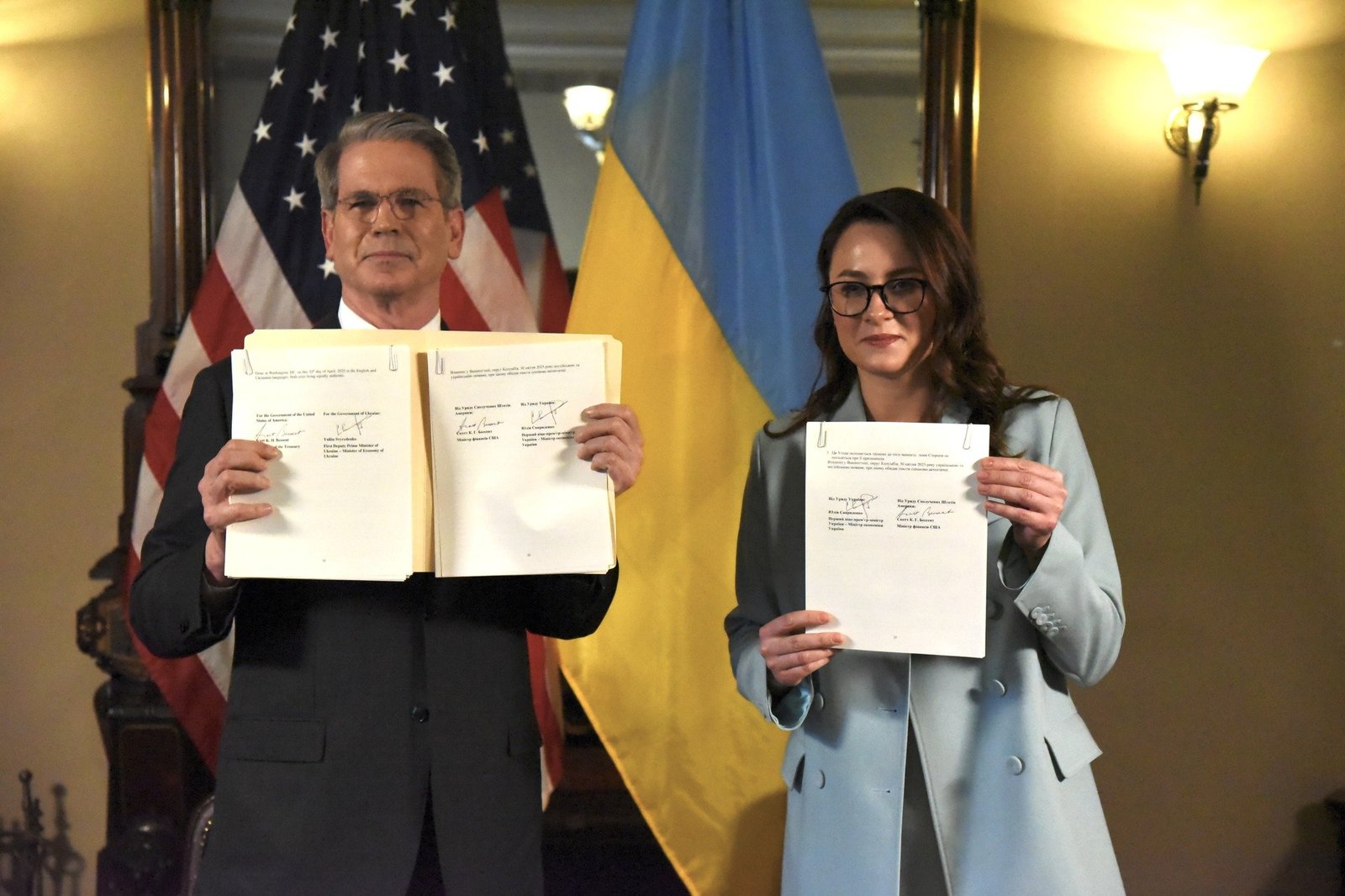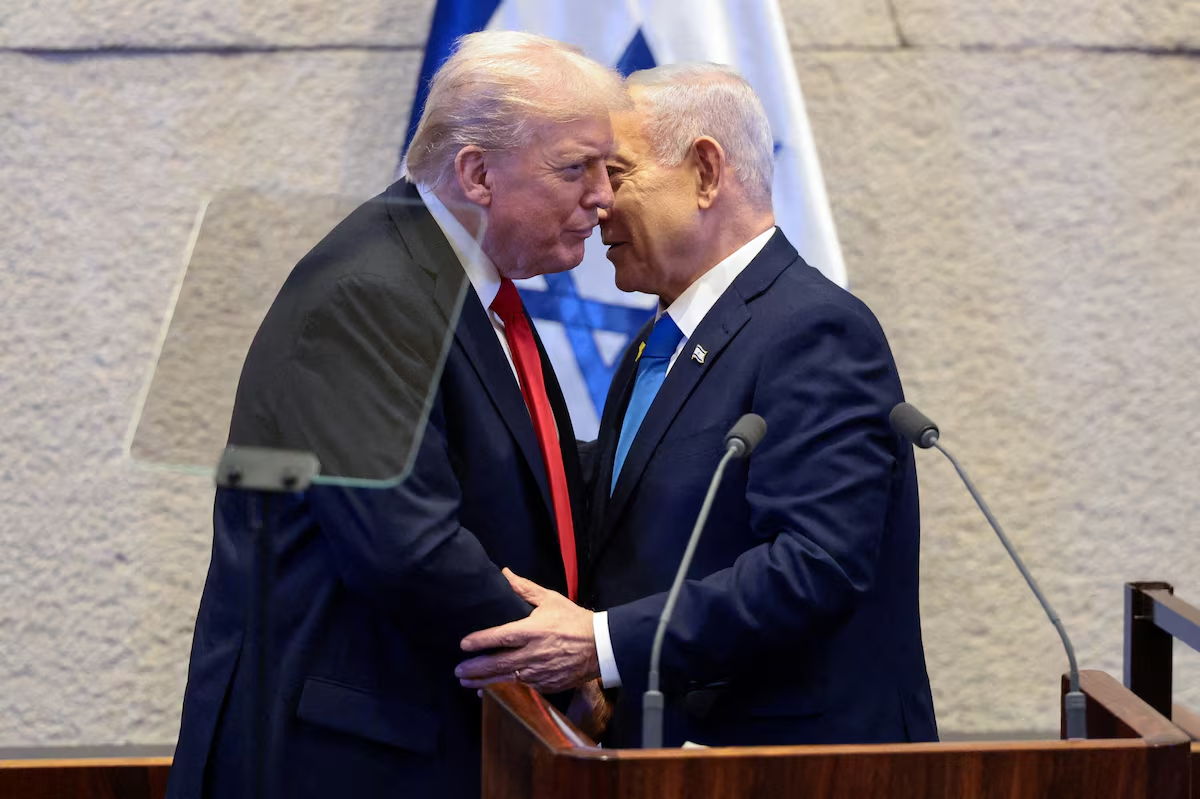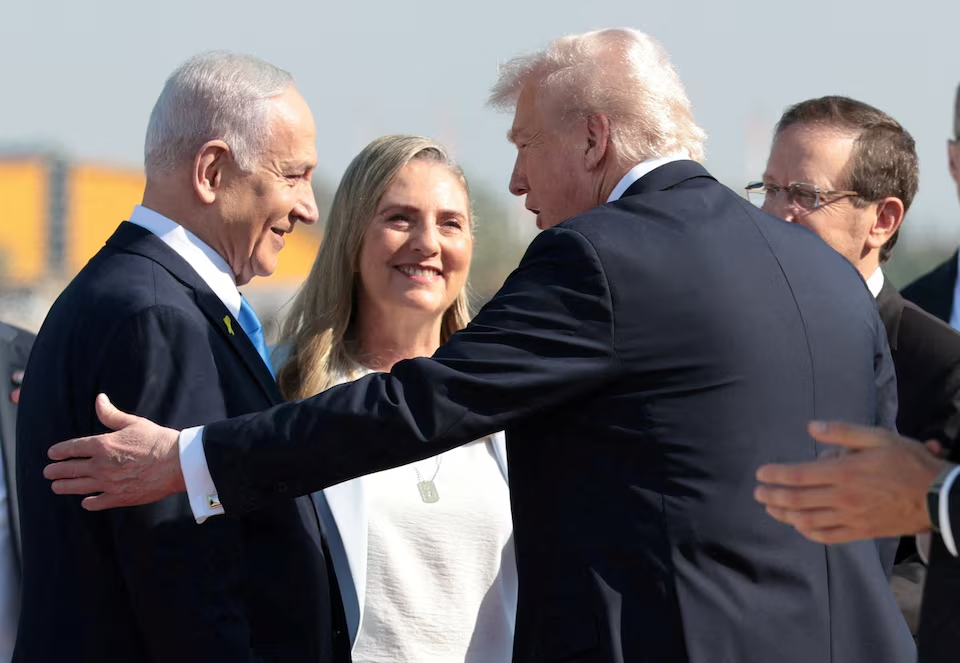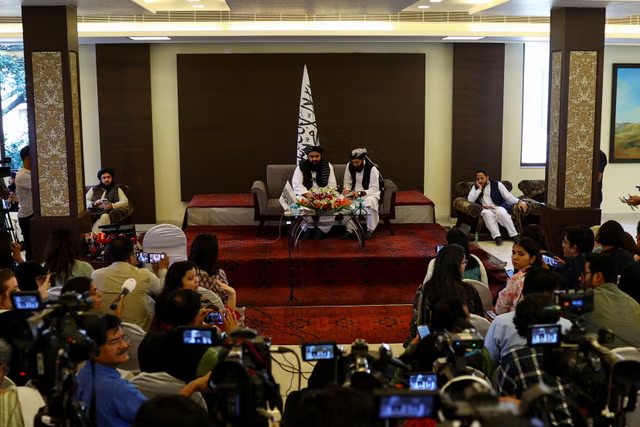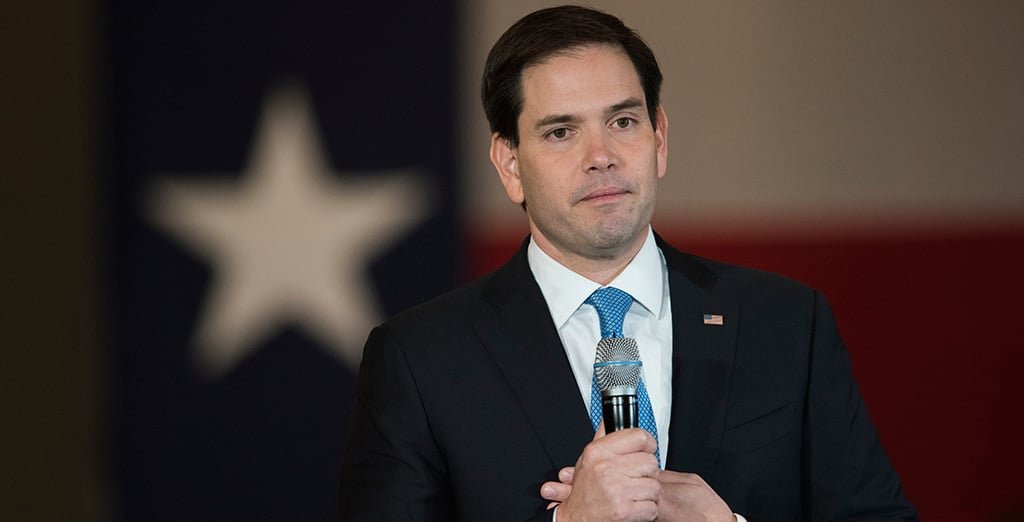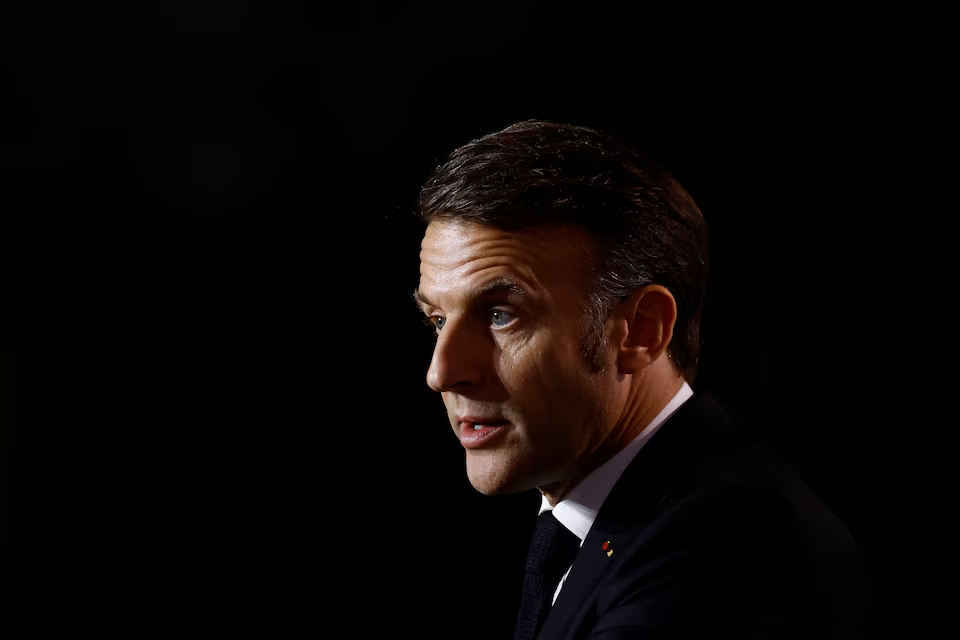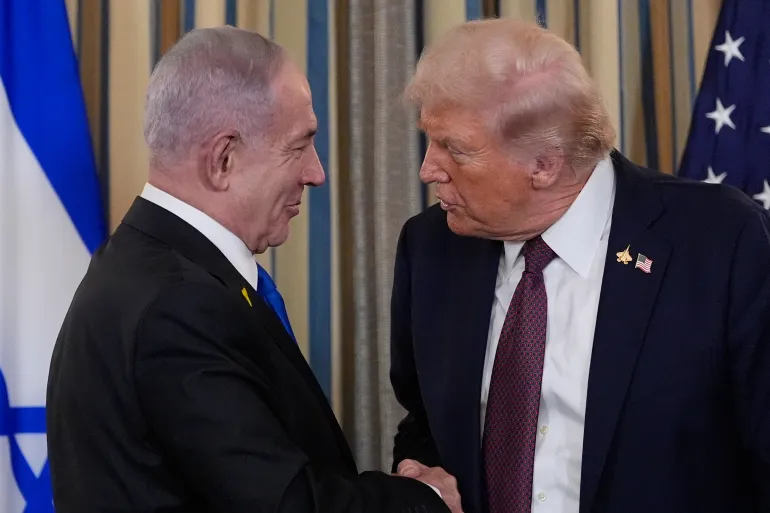Under Pressure from President Donald Trump, Ukraine Signs Mineral Deal — A Symbol of Kyiv-Washington Relations?
The mineral resources deal between the United States and Ukraine is the result of months of tension, which began under the Biden administration. Now, it has become a toxic thorn in the already heated relationship between Kyiv and Washington. For President Volodymyr Zelensky, there was realistically no alternative to signing the agreement — otherwise, he risked a major rupture in his relationship with President Donald Trump.
Under Pressure from President Donald Trump, Ukraine Signs Mineral Deal — A Symbol of Kyiv-Washington Relations?
Under Pressure from President Donald Trump, Ukraine Signs Mineral Deal — A Symbol of Kyiv-Washington Relations?
(According to a CNN report)
The mineral resources deal between the United States and Ukraine is the result of months of tension, which began under the Biden administration. Now, it has become a toxic thorn in the already heated relationship between Kyiv and Washington. For President Volodymyr Zelensky, there was realistically no alternative to signing the agreement — otherwise, he risked a major rupture in his relationship with President Donald Trump.
However, the document obtained by CNN lays a potential foundation for a long-term relationship between the two countries. It does not guarantee immediate American profit during the Trump administration’s remaining term, but symbolism was the central objective. Trump wanted to believe — and show — that America was getting something out of Ukraine. Ukraine, on the other hand, wanted to demonstrate that it could maintain a working relationship with this White House. Meanwhile, Ukraine’s allied countries preferred to shift attention away from this issue and focus on larger priorities like real military assistance and peace negotiations.
There are two key lines in the agreement that are particularly satisfying for Kyiv.
First, it explicitly refers to “the widespread destruction caused by Russia’s full-scale aggression,” a direct accusation not commonly heard from this White House.
Second, the deal clarifies how Ukraine will be able to purchase weapons from the United States — especially crucial at a time when Russia’s attacks are intensifying.
The agreement states that if the U.S. provides new military aid, the value of that aid will be counted as capital in a U.S.-managed “fund.” In other words, Ukraine can use this fund to purchase weapons. Until now, it had been unclear whether the Trump administration would provide arms at all — particularly urgently needed Patriot missile systems. This deal at least sheds light on how they could be paid for.
The United States is now explaining how Ukraine will buy weapons. Through this process, it becomes evident that Trump’s stance — balancing between ties with Moscow and maintaining relationships with Europe — has slightly shifted toward Ukraine. That’s because Trump’s outreach to Moscow is not yielding results. Russia continues to reject a proposed 30-day unconditional ceasefire between the U.S. and Ukraine — a proposal that has already gone unanswered for nearly 50 days.
Whether future presidents will honor or renegotiate this deal remains to be seen. Those who have done business in Ukraine know that Ukrainians are skilled at “interpreting” contract language in their favor. The world of natural resources there is already opaque, so expecting such a high-profile deal to suddenly introduce business transparency would be overly optimistic. Implementing the deal in a post-war environment will likely be complex — that much is clear.
While the agreement may sound broad, ambitious, and game-changing, in reality, it will not have any immediate effect. It is primarily a symbolic “band-aid” — a hurried, temporary fix. Despite its ambiguity and complications, for Trump, it delivers a message that is loud, clear, and forceful enough.


